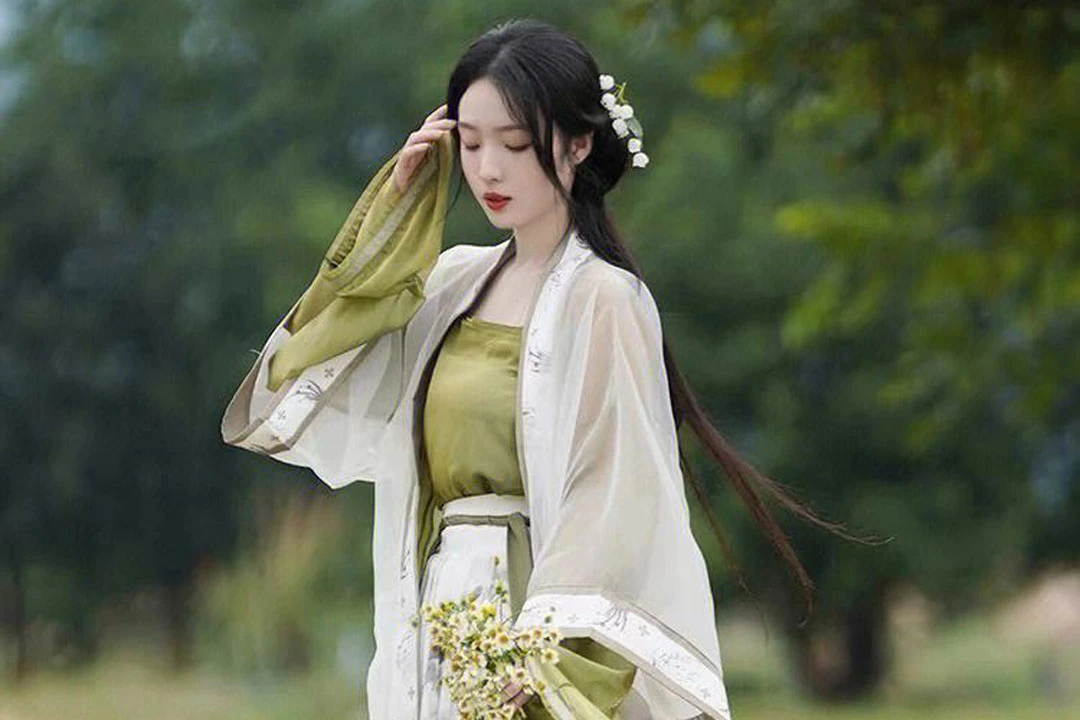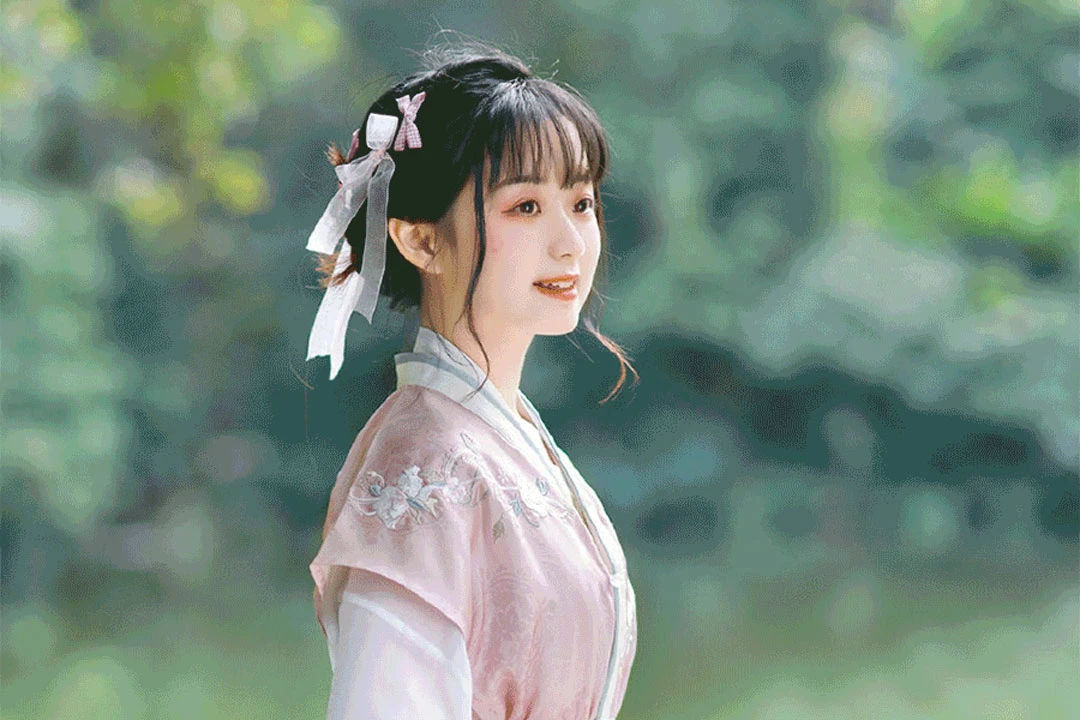The Song Dynasty hanfu stands as a radiant gem, weaving together the threads of sophistication and grace. The garments of this era, encompassing both Northern and Southern Song styles, adorned the elite and the common folk alike with a form-fitting elegance that left an indelible mark on the annals of sartorial history.
In the early years of the Northern Song, fashion lacked standardization, influenced by external factors. The result was the emergence of distinctive attires like the “Songku” (trousers), influenced by Khitan clothing. The societal elite, however, adhered to a more conventional wardrobe that evolved over the years.
Hanfu Innovation
Official attire during the Song Dynasty was characterized by opulence. From the imperial family to common officials, a commitment to refined fabrics and intricate designs was observed. The regulations governing the colors and fabrics of courtly garments became increasingly stringent, ensuring a clear distinction in the hierarchy.
Beyond the court, the nobility of the capital took fashion to new heights. Nobles and their ladies, with meticulous attention to detail, crafted innovative styles, not just in fabric selection but also in hairstyling. Elaborate headpieces, ranging from gracefully broad to intricately adorned, became the vogue, while even the less privileged embellished their hair with paper-cut decorations, embracing scents, and adorning embroidered footwear.
Men’s hanfu during the Song Dynasty generally echoed Tang Dynasty styles. Commoners favored long robes with round or square collars, often cinched at the waist with a belt. Retired officials and literati donned the “Zhiju,” a straight-collared gown with wide sleeves and distinctive black-trimmed cuffs, collars, and hems. The “Dongpo Jin” hat added a touch of distinction.
Distinctive garments like “Pifeng,” the women’s common attire, comprised various pieces like upper garments, jackets, shirts, and vests, paired with skirts or pants. Notable examples include findings from Southern Song burial sites like Fuzhou’s Huang Sheng Tomb and Zhao Boyun’s Tomb in Huangyan, Zhejiang.
As the Song Dynasty progressed, official attire witnessed refinement, with authorities encouraging improvements. Fashion trends shifted towards more luxurious aesthetics. However, commoners paid little heed to such regulations, freely embracing the luxurious fabrics and vibrant colors in their daily wear.
The Song Dynasty’s clothing was not just a matter of prestige; it was a canvas for cultural expression. Men and women from all walks of life added their unique touch to garments, from the color choices of officials to the creative designs of noblewomen, showcasing a fusion of tradition and innovation.
In the realm of everyday attire, men, regardless of social status, donned variations of the “Yanjufu” or private wear. Distinctive in their simplicity, these garments comprised robes with rounded or square collars, often in black or white.
For women, daily wear included essentials like “Ru” and “Ao,” with nobles adorning themselves in elaborate cloak styles. The garments featured intricate details such as collars, sleeves, and hems adorned with decorative edges. The everyday attire reflected the diversity and creativity of Song Dynasty fashion.
Accessories
Accessories played a pivotal role in elevating Song Dynasty fashion. From the delicate Jade Pendants adorning emperors to the intricate patterns embellishing the collars and cuffs of courtly robes, every accessory told a story. The courtly regalia wasn’t just about garments; it was a harmonious ensemble of fabrics, colors, and embellishments.
The pursuit of beauty extended beyond clothing to hairstyles and grooming. Nobles and aristocrats spared no effort in crafting unique hairstyles, each a statement of individuality. From large frontal foreheads to cascading, adorned locks, the art of hairstyling became a cultural expression in itself.
The discovery of meticulously crafted garments, embroidered with intricate patterns and adorned with elaborate edges, is a testament to the craftsmanship and attention to detail prevalent during this era.
Conclusion
The legacy of Song Dynasty fashion endures, not only in the pages of historical texts but in the echoes of its influence on subsequent generations. The meticulous attention to detail, the symbolic use of colors, and the fusion of diverse elements have left an indelible mark on Chinese fashion, shaping the narrative of elegance and cultural pride.
In the intricate tapestry of Song Dynasty attire, every thread tells a story of cultural richness, social hierarchy, and individual expression. From the imperial court to the common streets, the fashion of this era was a reflection of an era that cherished elegance, innovation, and the timeless pursuit of beauty. Today, as we explore the relics of this bygone era, we glimpse not only the attire of the past but also the spirit of a people who embraced the artistry of clothing as an integral part of their cultural identity.


